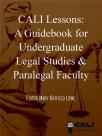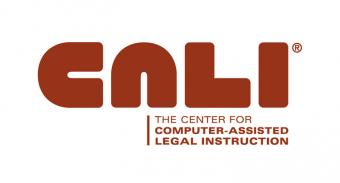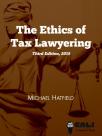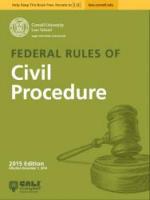Professor Freyermuth is the John D. Lawson Professor of Law and a Curators' Teaching Professor at the University of Missouri. He received a B.S. in Business Administration from the University of North Carolina at Chapel Hill in 1984, and a J.D. with highest honors from the Duke University School of Law in 1987. After clerking with the Honorable John D. Butzner, Jr. of the United States Court of Appeals for the Fourth Circuit in Richmond, VA, Prof. Freyermuth worked from 1988-1991 as an associate with the Raleigh, NC office of Womble Carlyle Sandridge & Rice. He has taught as a visitor at Duke, the University of North Carolina, Washington University in St. Louis, and the University of Denver. He arrived at the University of Missouri-Columbia in 1992 and teaches Property, Secured Transactions, Real Estate Transactions and Finance, and Real Estate Leasing.






